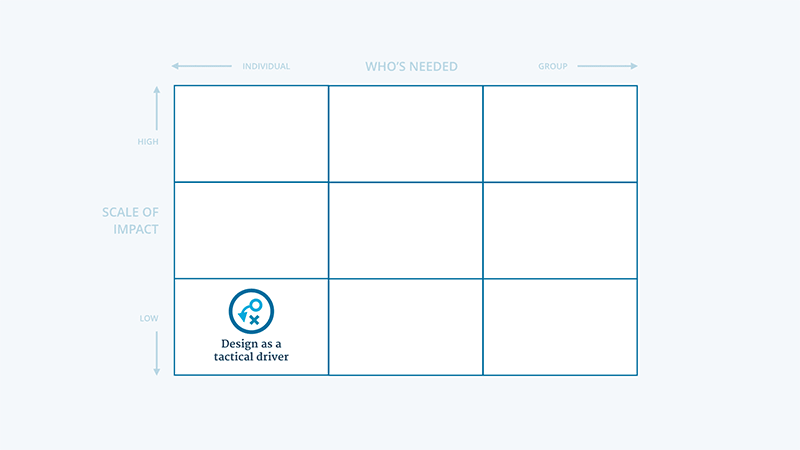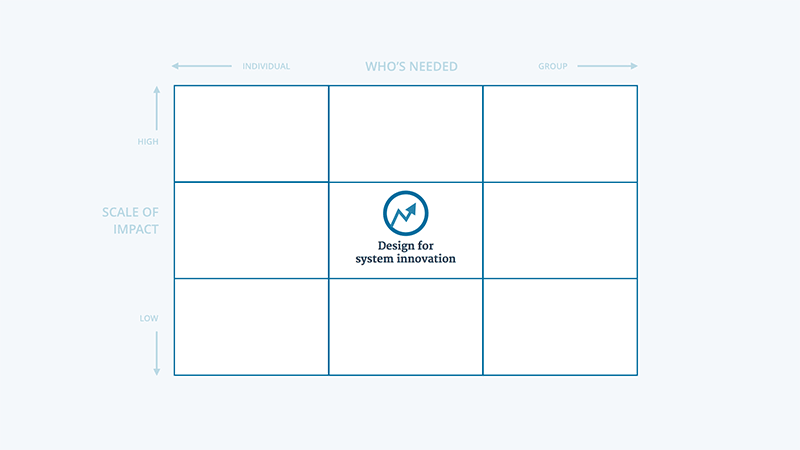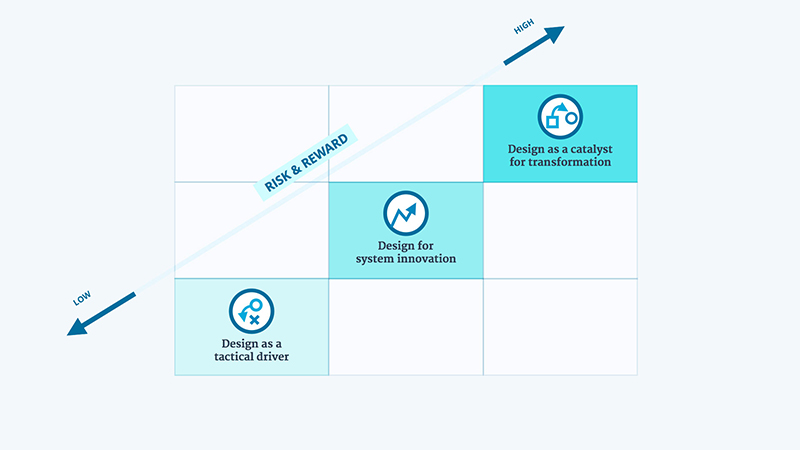In 2016, Automattic CEO, Matt Mullenweg announced that the company was to be design-led for the first time. Automattic’s new era would be recognized by designers leading the way in product and marketing improvements — heading up more projects, conducting user research, and creating more mockups than ever before.
What got us here won’t get us there…It wasn’t how Automattic had come to be successful, but it marked a promising entry into a new chapter of future success. After all, over the last 10 years, design-led companies have maintained significant stock market advantage, outperforming the S&P by an extraordinary 211%. That is, publicly-traded companies have shown year-after-year for the last decade that design-led businesses maintain significant market advantage over their competitors. That’s a big endorsement for being design-led or as Design Management Institute calls it, “design-centric.”
I want to have design leading the way…
A lot more user research. A lot more mockups.
—Matt Mullenweg, 2016 State of the Word
 2016 The Design Management Institute
2016 The Design Management Institute Automattic secured John Maeda as the new head of design in the early fall of 2016 and I joined soon after drawn in by the promise of the ability to help a successful company take its achievements to new areas, heights, and communities through design.
Automattic ended 2016 and started 2017 hiring more design talent as well as connecting and empowering designers to do their best user-focused work in deeper collaboration with one another. New, strategic audiences were identified and introduced. Separated designers were brought together for short sprints over common product challenges at meetups. And ‘non-designers’ were introduced to design concepts and brought into collaboration.
Designing better products, services, communications, and working to better understand our customers has been a necessary part of the process of Automattic becoming design-led, but there’s still much more work to be done. I believe that now is the time to fully embrace the other areas in order to complete the journey of becoming a design-driven company. Perhaps you’re wondering, “what are the other areas?”
Maximizing design impact across areas
There are different models for this, but I’ll share my simple model that strategically uses design in three main ways:
- Design as tactical driver: where design alters a discrete product, service, or communication effort
- Design for system innovation: where design alters an existing system or creates a new one to deliver a better solution
- Design as a catalyst for transformation: where design changes attitudes and behaviors of a community or organization
Let’s get familiar with the modified matrix first. On one axis, they show the scale of engagement, which I’ve renamed to the scale of impact. This ranges from a smaller, project- or customer-based impact to a larger, cultural- or community-based impact.
On the other axis, they show the range of expertise, which I’ve renamed to who’s needed. This represents those needed to complete the task at hand and ranges from an individual person to a larger, cross-sector group.
Together, they create the matrix you see below.

Design as a tactical driver fits in the bottom, left corner of the matrix. It only requires an individual designer or a small, interdisciplinary group in order to alter a discrete product, service, or communication. Similarly, the impact will likely be limited to the audience of the discrete project.

Design for system innovation fits right in the middle of the matrix. It requires an interdisciplinary group or cross-team collaboration in order to achieve the goal. Because the impact is system-based, it can scale beyond an individual project and help across multiple projects and teams at once.

Design as a catalyst for transformation fits in the top, right corner of the matrix. Because the aim is to change the attitudes and behaviors of a community, this area often takes cross-sector or cross-industry collaboration and buy-in. Likewise, the impact of this work is beyond a project or series of projects, and is instead at the cultural or community scale.

Design as a tactical driver can be seen as zoomed in with a shorter timeline, and design as a catalyst for transformation can be seen as zoomed out with a longer timeline.
Similarly, the risk and the reward for each area scales along the same line. Design as a tactical driver is the least risky, but also has the least reward, whereas design as a catalyst for transformation is the most risky – often because of the timeline and the unknowns of working with a wider array of folks, but can offer the highest reward due to the larger audience and scope.

Now, if you’re like me, having some examples in each of these will help this go from interesting and theoretical to applicable and practical. I’ll share some examples specific to Automattic:
- For design as a tactical driver, a solo designer can redesign part or all of the WordPress.com sign-up flow to aid others in signing up.
- For design for system innovation, a group with representatives from multiple teams within Automattic can collaborate on design patterns to generate a company style guide.
- And for design as a catalyst for transformation, folks across tech with one or a few representatives from Automattic can come together to build a culture of inclusion through dialogue and common goals.
A company should have designers assessing and improving discrete products, like a sign-up flow, to ensure that it works for customers and for business goals. A company should also have collaboration across teams to lead to systemic design solutions like a shared style guide or design patterns. Without that, just imagine how each team would have to do more tactical work — often duplicating efforts and wasting resources. And lastly, a company should invest in designing their culture, which includes both the internal culture and those the company exists within. Changing culture is extremely helpful in ensuring the company and the market grows. No amount of discrete design work or collaboration toward system-based solutions will adjust a culture on its own. Effective changes to culture require collaborating with stakeholders and major influencers.
Each of these areas requires a type of focus, a range of time, and a specific number and type of participant. They each have different levels of risk, reward, and produce different scales of outcomes. These differences are why it’s helpful to keep each category in mind; they help ensure each part of the business and each customer touchpoint is benefiting from design leadership.

Automattic started on its path to being design-led where many companies and individuals start, with design as a tactical driver. It’s a natural way to get started because it only requires an individual designer and anywhere from one week to a couple of months to complete a project. It also aligns with how most design programs teach, making it the area designers are most practiced in when they enter the professional world. The relatively short timeline necessary for this area means design tasks are less risky, while still audience-focused. Again, it’s a natural and smart place to start.
While there’s always much more work to be done, Automattic is now pretty strong at design as a tactical driver. We’ve started to build solid examples of design for system innovation and need to be doing more of it. And just this year we initiated an extracurricular design as a catalyst for transformation project, collaborating with companies on culture-building improvements to broader tech, but these efforts need to be given space within our core efforts in order not further elongate the already long timeline needed to see results.
I will continue working to share the importance of working at scale, across areas of impact, at Automattic. I’ll be looking for successes that can be shared across teams to lead to systemic solutions. I’ll be looking for weak areas of culture and finding partners internally and externally to collaborate on designing solutions. I’ll also be looking for designers in Automattic who are interested in taking their product or marketing experience and scaling it and will help patch them into opportunities for personal and professional growth. I hope you’ll consider doing the same where you work so that our industries are filled with design-led companies and people who know how to harness that power.
This article was originally published on the Automattic Design blog.

